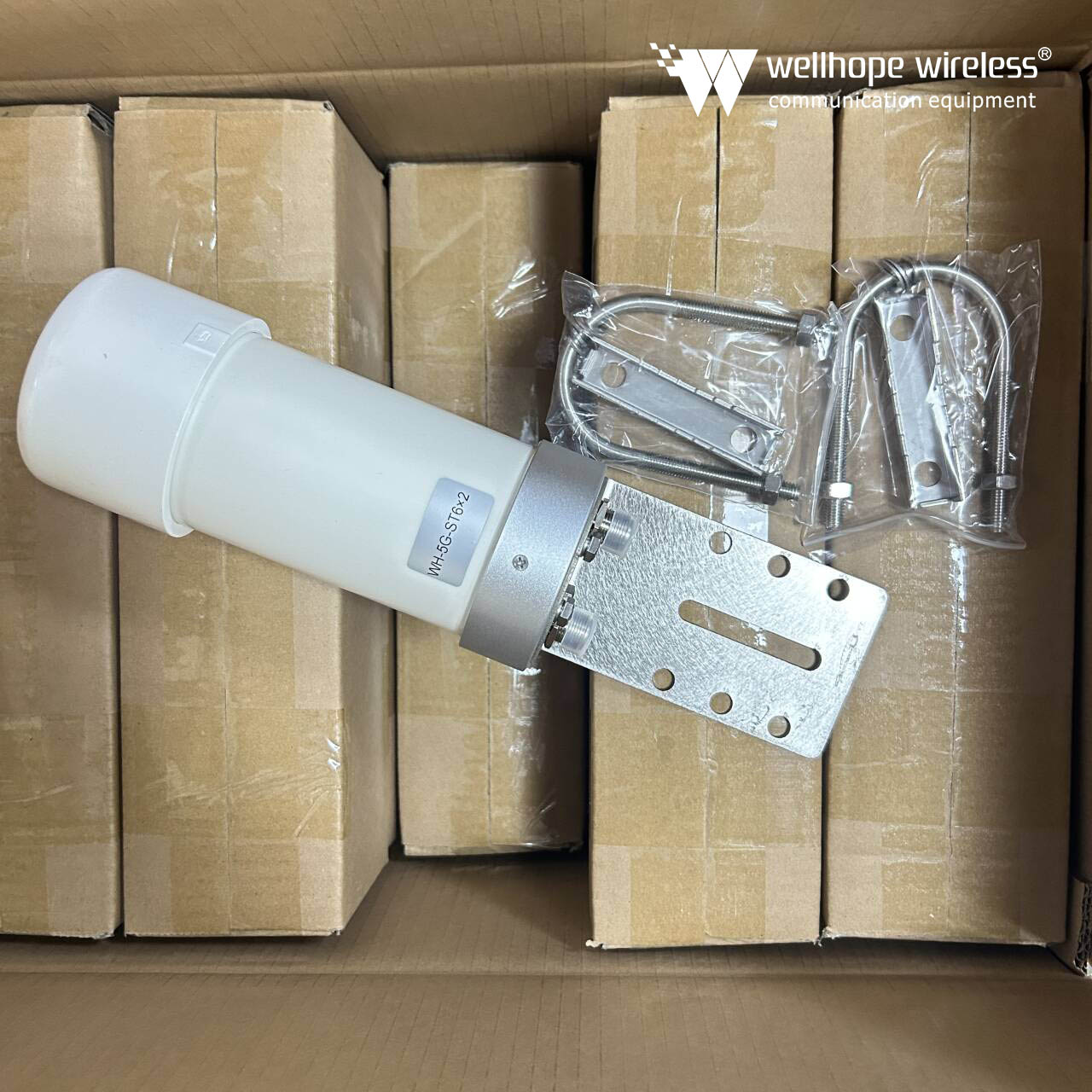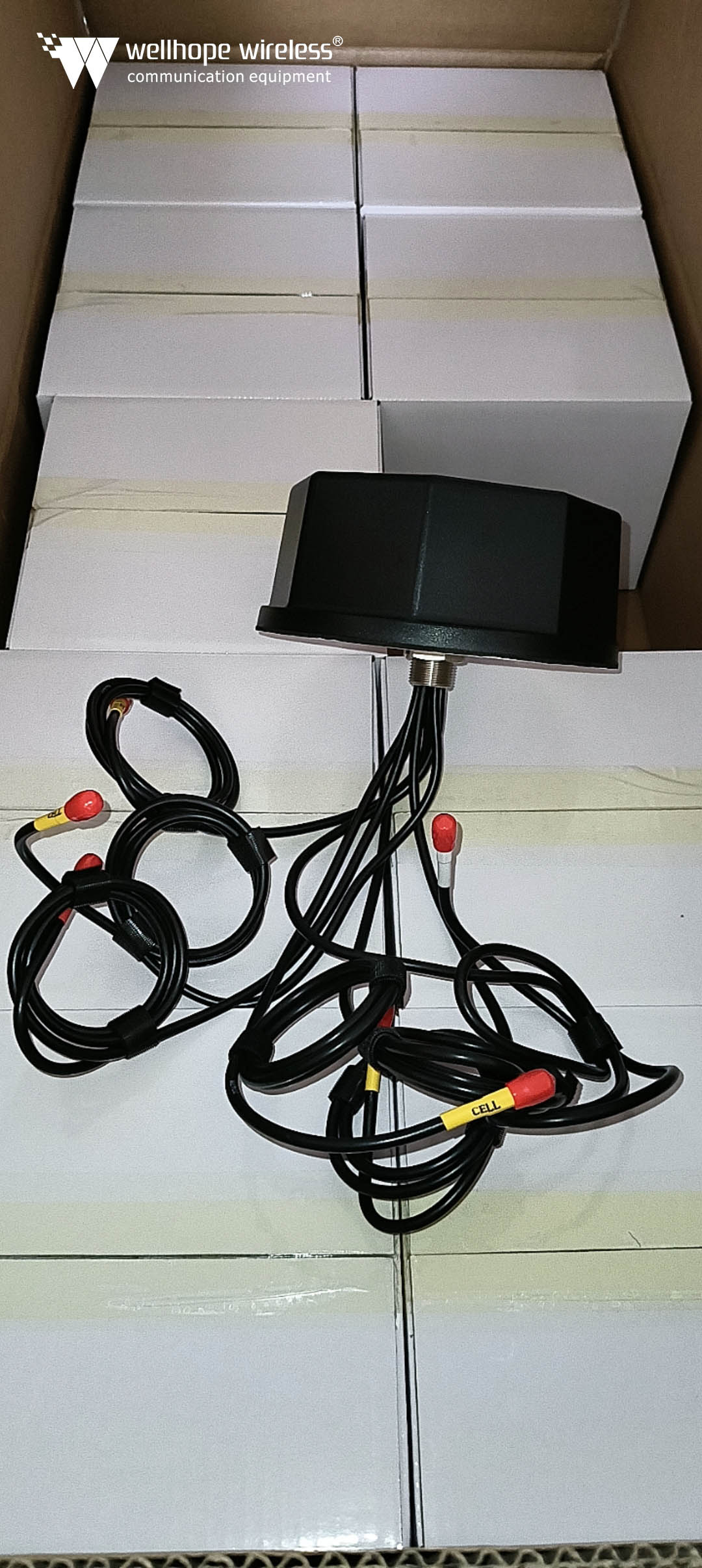What is edge computing (MEC)?
To avoid the dullness of technology, let me give you an example. There is a very intelligent animal in nature-octopus.

It has the highest IQ among invertebrates. Whether it is for escape or predation, it has many long tentacles that can be used freely.
Scientists have found that the tentacles of the octopus are full of neurons, which can handle many actions independently. The octopus's brain only accounts for 40% of the processing. The other processing power is distributed on its 8 tentacles, which greatly enhances its strain processing. ability.
If the human body is the central processing method of the brain, and 99% of its capabilities require the brain to respond, the octopus is a distributed processing system, and 60% relies on its "small brain" processing distributed in the antennae.
Yes, this is the principle of edge computing.
The calculation and processing capabilities are submerged to the edge closest to the business to complete. Most of them do not need to interact with the core network, and a few are interoperable with the core network. This is edge computing.
The concept of Multi-Access Edge Computing (MEC) technology was first proposed in 2009 on the cloudlet computing platform developed by Carnegie Mellon University. In 2014, the European Telecommunications Standards Institute (ETSI) formally defined the basic concepts of MEC and established the MEC specification working group to start related standardization work. In 2016, ETSI extended this concept to multi-access edge computing, and extended the application of edge computing in mobile cellular networks to other wireless access networks (such as Wi-Fi). Under the promotion of ETSI, other international and Chinese standardization organizations including 3GPP and China Communications Standards Association (CCSA) have also initiated related work. Currently, MEC has evolved into one of the important technologies of 5G mobile communication systems.
Why does 5G have to use edge computing?
In the 5G era, mobile communication has shifted from the initial communication between people to the communication between people and things to the communication between things. AR/VR, Internet of Things, industrial automation, unmanned driving and other services have been introduced in large numbers, bringing network requirements for high bandwidth, low latency, and large connections. New services have increasingly demanding requirements for bandwidth, delay, and security, and the centralized deployment of traditional cloud computing has been unable to meet service requirements.
Let's take a look at the following "5G flower" that can reflect the vision of 5G capabilities.

We can see that the key capability requirements of the 5G vision are almost the pursuit of the ultimate, so that many people in the industry have always questioned: Can such a demanding 5G key capability really be realized?
For example, how to realize the key capability of end-to-end delay of 1 millisecond? Of course, first of all, many people have a lot of misunderstandings about the latency of 5G. The biggest misunderstanding is that it must reach a key indicator of 1 millisecond regardless of scenario requirements. For example, if you travel from Beijing to remotely operate a machine in Los Angeles, you need to go through wireless access, transmission bearer, gateway, etc. How can it reach a 1 millisecond delay?
Obviously, this is not possible. 5G capabilities also do not require a 1 millisecond delay in all scenarios.
But in certain scenarios, it can be achieved with the help of edge computing. For example, in an intelligent manufacturing factory area, robots are performing automated production, using 5G network access, and 99.9% of the interaction is done end-to-end in the factory. Edge computing is set up to sink some of the functions of the 5G core network. In edge computing, most of the intercommunication requests can be completed without leaving the factory area. This end-to-end delay of 1 millisecond can be realized.
Networks before 5G, including 5G non-independent networking, are still handled in this way. They are basically based on the processing mode of: access network -> bearer network -> core network, and finally the core network decides how to dispatch and process. But the terminal that needs to arrive in the end may be two terminals under the same base station, but there is no way. In a 4G network, it still has to report to the core network for processing and then come back. Can the processing power be directly sunk?
4G and previous networks have been unable to achieve due to structural reasons, and 5G has become a reality due to the separation of the control plane and the user plane. MEC is to solve this problem, that is, to solve the terminal's business needs by calling the nearby computing capabilities, instead of reporting layer by layer to the core computing center, and then issuing and processing.
Direct MEC processing not only makes it easy to implement low latency, high density, and high bandwidth, but also saves network resources due to the saving of the intervention of the bearer network and core network.
Edge Computing (MEC) Architecture
Although the concept of edge computing has been proposed very early, it is clear that the previous edge computing can only complete part of the work, which is not complete. Even 5G non-independent networking (NSA) cannot be completed. This is also based on the current operators. One of the reasons for upgrading independent networking.
This is a network diagram of edge computing in a certain place:
Let's take a look at the overall architecture of MEC, as shown in the following figure:
In general, the basic structure of MEC can be divided into the following layers.
Infrastructure layer, including various types of servers, such as computing-based servers with computing power, storage-based storage servers, and hardware accelerator cards to meet the needs of AI reasoning, graphics and image rendering, network high-speed forwarding, etc. .
The virtualization layer provides virtualization platform resources and management for various capabilities and services of the upper layer and APP applications, including two types of virtual machines and containers, to meet the needs of different applications to share a unified infrastructure.
Network and business capability layer. Network capabilities include local offloading, as well as basic networking service capabilities such as NAT, virtual firewall VFW, DNS, and business load balancing LB. It also provides wireless network information services RNIS, bandwidth management, business routing rules, Services such as wireless indoor positioning. These services provide services in the form of API interfaces through the network capability opening framework. The edge service capability layer is designed with a micro-service framework. As the subsequent business requirements change, new capabilities such as AI capabilities and big data capabilities can be introduced to enrich and improve the MEC capability layer.
MEC management layer, providing MEC service portal, business orchestration management, business strategy management, FCAPS management, life cycle management and virtual resource management, etc.
Application layer, such as video surveillance, AR/VR video, parks and other third-party applications.
MEC's business prospects
MEC will be a major weapon for 5G, and its commercial prospects are also very broad.
1. Enhance the business capabilities of operators in vertical field applications
At present, operators’ tariffs and business models are relatively simple. Although the traffic usage of ordinary users has increased, the ARPU value continues to decline. However, some vertical businesses with high real-time requirements and high value, such as industrial control, cannot receive priority protection .
As an innovation of network architecture and commercial mode, MEC edge computing is a powerful tool for 5G network service vertical industries. MEC edge computing is an opportunity for operators to enhance network value and will promote the value reconstruction of the industrial chain. The network connection of MEC edge computing is the key starting point, computing power is the effective guarantee, and network capability and openness are the driving engines. Operators can deploy the MEC platform, take advantage of the 5G network, fully tap the wireless network capabilities, empower the industry's digital transformation, and provide unlimited possibilities for creating more network value in the future. MEC will help operators realize the leap from access channels to information-based service enabling platforms.
2. Save 5G investment.
Compared with the previous mobile communication system, 5G has joined MEC, which can save a lot of investment in deployment. Based on the C/U separation architecture of the 5G core network, the user plane function (UPF) needs to be deployed at the edge of the network to reduce transmission delay and achieve local distribution of data traffic. Control plane function network elements such as SMF (session management function) are centrally deployed in the central DC, which is convenient for unified control of the UPF deployed in the MEC, unified configuration and distribution strategy.
It is precisely because of the local diversion of data traffic that the pressure on the bearer network and core network is greatly reduced, so that operators can save a lot of investment in this area. At the same time, because MEC edge cloud hardware generally uses x86 general-purpose servers, it also makes network investment Further decrease.
3. Open capacity creates more business opportunities
With the development of the edge cloud ecosystem, vertical industries have increasingly strong demands for open edge cloud capabilities. The opening of edge cloud capabilities has become an important key point of MEC operation and maintenance. On the one hand, open platform resources, edge network capabilities, and special functions to third-party applications, so that third-party applications can obtain differentiated network services based on their business needs, use and charge on demand, and improve user satisfaction with business. On the other hand, providing third parties with APP lifecycle management, product management, subscription relationship management, API call statistics and settlement, can enable third parties to have flexible and independent operation rights and capabilities, and further construct an open edge computing application operation ecosystem.
This is a huge application opportunity. Competent manufacturers can access the MEC open platform to provide customized and differentiated services for vertical industry applications, thereby obtaining huge business opportunities.
Of course, the business prospects of MEC are by no means limited to the above-mentioned ones. Operators and manufacturers are also working hard to explore. Currently, China Mobile, ZTE, Intel, etc. are actively promoting the implementation of MEC industry application scenarios and applying them in various industries. Practical application.
MEC's ecology and vision
There is no doubt that MEC is a major weapon to realize the 5G vision. The birth and rise of an emerging technology and ecology requires strong support from the business model behind it. Facing the future, the industry has unlimited expectations and expectations for various application scenarios of edge service platforms. For good wishes to become reality, the joint efforts of the entire industry chain are also needed.
Although the current business model of edge computing is still in the process of exploration, with the joint efforts of the industry chain, not only will a large number of “throttling” edge applications emerge in the future, but also a large number of “open source” businesses will be born and realized. A win-win situation for equipment vendors, operators, and service providers.


















 News
News











